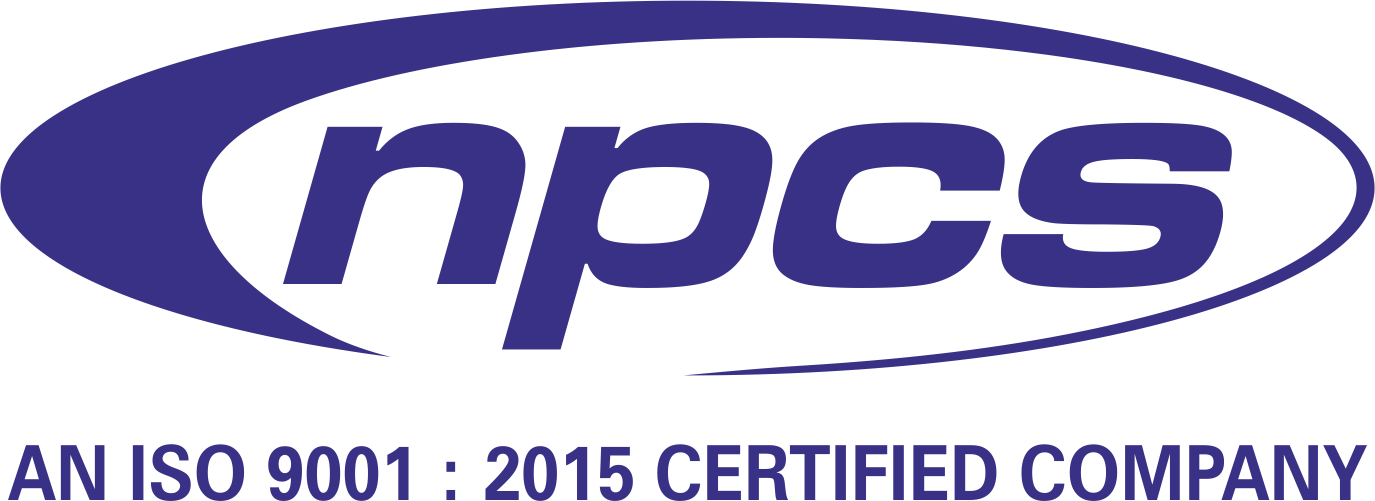As global trade continues to grow exponentially, the demand for ISO freight containers manufacturing has never been higher. These standardized shipping containers play a vital role in the logistics and transportation industry, enabling efficient movement of goods across continents. Whether it’s for maritime, road, rail, or intermodal transport, ISO containers are indispensable. Given the increasing globalization of supply chains and booming e-commerce, setting up a manufacturing unit for ISO freight containers presents a highly profitable and scalable industrial opportunity.
These containers are not just storage boxes; they are precision-engineered steel structures designed to meet strict international standards set by the International Organization for Standardization (ISO). From dry cargo containers to refrigerated and tank containers, the applications are vast and the market potential is immense. Manufacturers who enter this sector with the right knowledge, machinery, and certifications can secure consistent contracts from shipping companies, leasing firms, exporters, defense agencies, and more.
Overview of the ISO Freight Container Manufacturing Industry
ISO freight container manufacturing involves the production of steel boxes that comply with ISO 668 and ISO 6346 standards. These containers must be robust enough to withstand heavy loads, harsh marine environments, stacking pressures, and repeated handling.
ISO containers are typically manufactured in the following sizes:
-
20 ft (TEU – Twenty-Foot Equivalent Unit)
-
40 ft (FEU – Forty-Foot Equivalent Unit)
-
High Cube (9.5 ft height)
The global container fleet surpasses 40 million TEUs, and with increased trade from Asia-Pacific, Europe, and North America, the demand for new containers continues to rise annually. Countries like India are emerging as alternative manufacturing hubs to China due to favorable policies like the PLI (Production Linked Incentive) scheme and “Make in India” initiatives.
Visit this Page for More Information: Start a Business in Shipping Container Industry
Types of ISO Freight Containers You Can Manufacture
1. Dry Cargo Containers (General Purpose)
These are the most common types used for general goods, machinery, fabrics, electronics, and more.
2. Refrigerated Containers (Reefers)
Used for transporting perishable items like fruits, meat, dairy, and pharmaceuticals.
3. Tank Containers
Used for transporting liquids like chemicals, fuel, oil, and food-grade fluids.
4. Open Top Containers
Ideal for cargo that cannot be easily loaded through the doors, such as heavy machinery or odd-sized items.
5. Flat Rack Containers
Perfect for oversized cargo that does not fit into standard containers.
By offering a range of containers, manufacturers can cater to multiple sectors like shipping, rail freight, oil & gas, food processing, defense, and chemical industries.
Related Business Plan: ISO Freight Containers
Key Raw Materials and Machinery Required
Raw Materials:
-
High-tensile Corten steel (weather-resistant steel)
-
Marine-grade plywood flooring
-
Zinc-rich primers and epoxy coatings
-
Door seals and locking mechanisms
-
Corner castings and lashing rings
Machinery:
-
Hydraulic shearing machines
-
CNC laser cutting machines
-
Welding stations with MIG/TIG systems
-
Sandblasting booths and painting lines
-
Container assembly fixtures and alignment jigs
-
Container testing chambers for structural integrity
Automation and precision are key to mass production. Investing in state-of-the-art robotic welding and plasma cutting machines enhances output and product quality.
Read Similar Articles: IRON AND STEEL PROJECTS
Manufacturing Process of ISO Freight Containers
The ISO container manufacturing process involves multiple precision-driven steps:
1. Design & Engineering
Container blueprints must adhere strictly to ISO and CSC (Convention for Safe Containers) standards. Load-bearing capacity, stacking limits, and climatic resistance must be integrated at this stage.
2. Cutting and Forming
Steel sheets are cut using CNC plasma or laser cutters. Components like roof panels, side walls, and base frames are formed using bending machines.
3. Welding and Assembly
Container parts are welded together using automated MIG/TIG welders. Robotic arms ensure consistent weld seams and alignment.
4. Flooring and Fittings
Marine plywood floors are installed and secured. Ventilation openings, door seals, and locking gear are added.
5. Surface Treatment and Painting
Each container is sandblasted to remove impurities. Anti-corrosive primer, epoxy coatings, and final paint are applied using automated spray systems.
6. Testing and Certification
Every container is subjected to structural tests, watertight tests, and dimensional inspections. Certifications from authorities like IICL, DNV, or BV are mandatory.
Download PDF: Business Plan of ISO Freight Containers Manufacturing
Licensing, Certification, and Compliance
To manufacture ISO freight containers, it is essential to comply with international and local certifications:
-
ISO 9001 for quality management
-
ISO 1496 / ISO 6346 for container dimension and code standards
-
CSC Certification for safety compliance in shipping
-
IICL Certification (Institute of International Container Lessors)
-
Factory license, pollution control clearance, and fire safety certificates from local authorities
Acquiring these certifications builds trust and helps secure deals with international shipping lines and leasing companies.
Capital Investment and Setup Costs
Setting up a standard ISO container manufacturing plant involves:
-
Land and factory shed: ?5–10 crore (depending on location)
-
Machinery and automation: ?15–25 crore
-
Working capital: ?5–10 crore (for raw materials, labor, logistics)
-
Certifications and compliance: ?1 crore approx.
Total Estimated Investment: ?25–45 crore
Profit margins in this sector can be upwards of 20–25% per container, especially for customized and high-volume orders.
Related Feasibility Study Reports: Start Business Of Manufacturing Iso Freight Containers
Market Demand and Export Opportunities
The global shipping container market is project to reach $15+ billion by 2030, growing at a CAGR of over 5%. Major demand drivers include:
-
Rise in cross-border e-commerce
-
Increase in maritime trade routes
-
Expansion of logistic parks and intermodal transport
-
Growth in refrigerated supply chains (cold chain)
Countries in Africa, Southeast Asia, and the Middle East import containers in large quantities. Indian manufacturers can tap into these markets due to lower production costs and favorable trade agreements.
How to Market ISO Containers Domestically and Globally
To ensure profitability in the ISO freight containers manufacturing business, manufacturers must establish a solid marketing and sales pipeline:
-
Develop a professional B2B website showcasing your manufacturing unit, capacity, certifications, and container range
-
Register on trade portals like Alibaba, IndiaMART, Global Sources
-
Collaborate with logistic parks, port authorities, and shipping lines
-
Attend international trade fairs and expos
-
Use LinkedIn and digital platforms for B2B networking and client acquisition
-
Bid for government and defense tenders requiring specialized containers
Regular exports and long-term leasing contracts are the backbone of this industry.
Future Scope of ISO Container Manufacturing
India is gradually positioning itself as a container manufacturing hub, with the Ministry of Ports, Shipping & Waterways identifying container shortage as a critical challenge during the pandemic. Indigenous manufacturing reduces dependency on Chinese imports and boosts national logistics resilience.
Furthermore, emerging sectors like container homes, container cafes, and modular offices open a new vertical for repurposed ISO containers, further increasing demand for quality manufacturing.
Conclusion: A Heavy Industry with Light-Speed Growth Potential
Entering the ISO freight containers manufacturing business is a high-investment, high-return industrial venture that promises long-term growth, global reach, and resilience against local economic downturns. As the global logistics industry continues to evolve, there’s an ever-increasing need for standardized, durable, and ISO-certified freight containers. With government support, access to skilled labor, and rising global demand, entrepreneurs and industrialists can build a profitable, scalable business that drives the backbone of international trade.
Click here to send your queries/Contact Us
See More Links:
- Start a Business in Asia
- Start a Business in Potential Countries for Doing Business
- Best Industry for Doing Business
- Business Ideas with Low, Medium & High Investment
- Looking for Most Demandable Business Ideas for Startups
- Startup Consulting Services
- Start a Business in Africa
- Start a Business in India
- Start a Business in Middle East
- Related Videos
- Related Books
- Related Projects
- Related Market Research Reports






